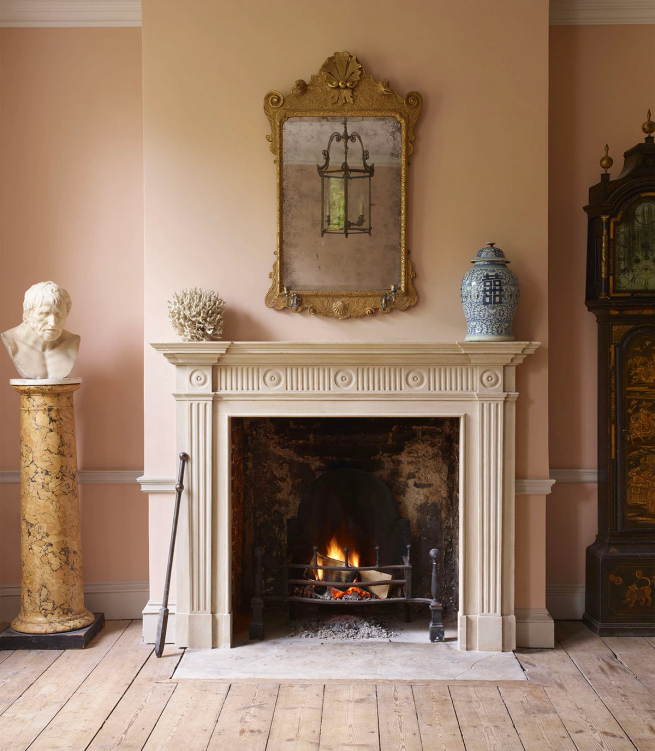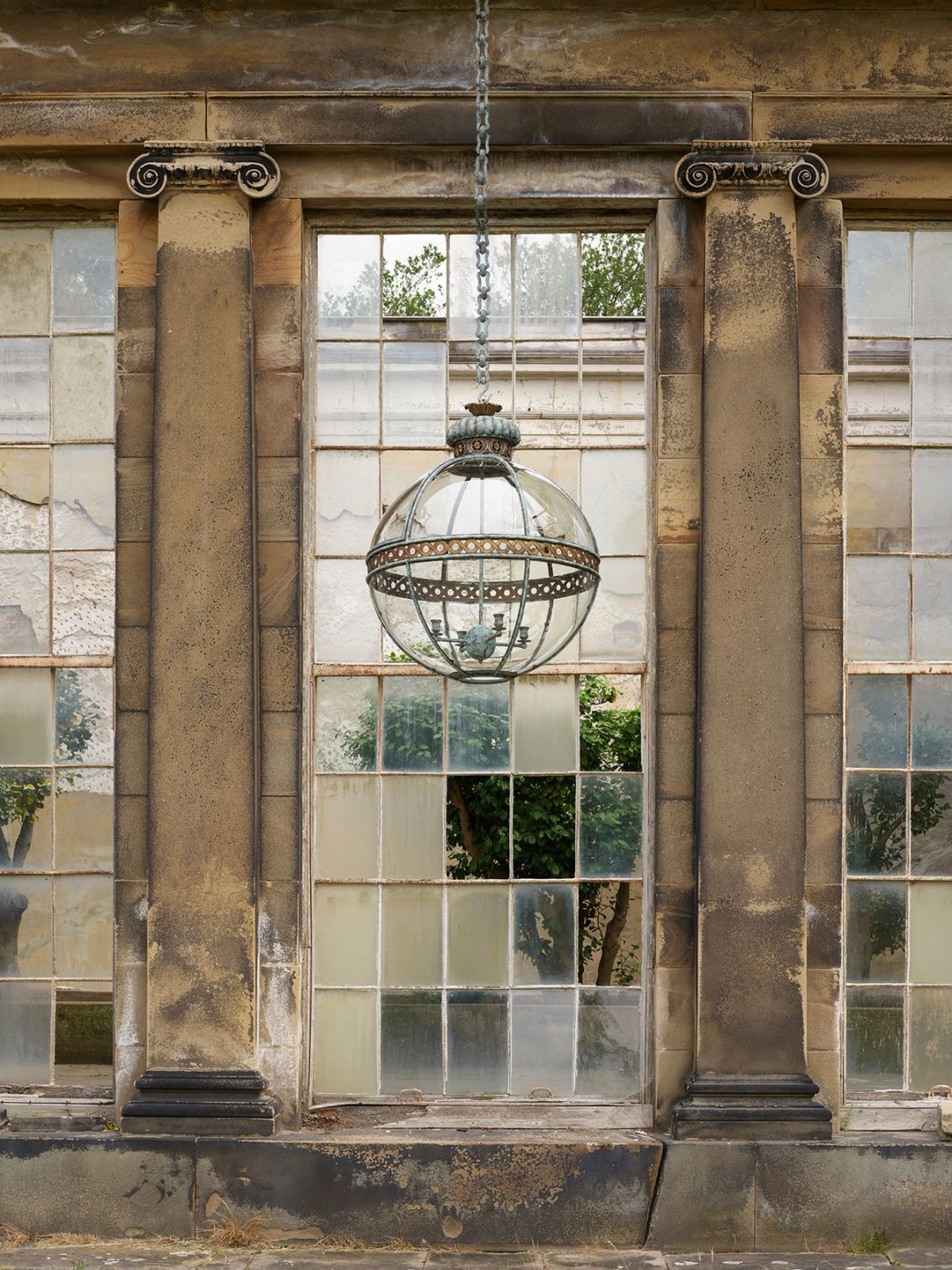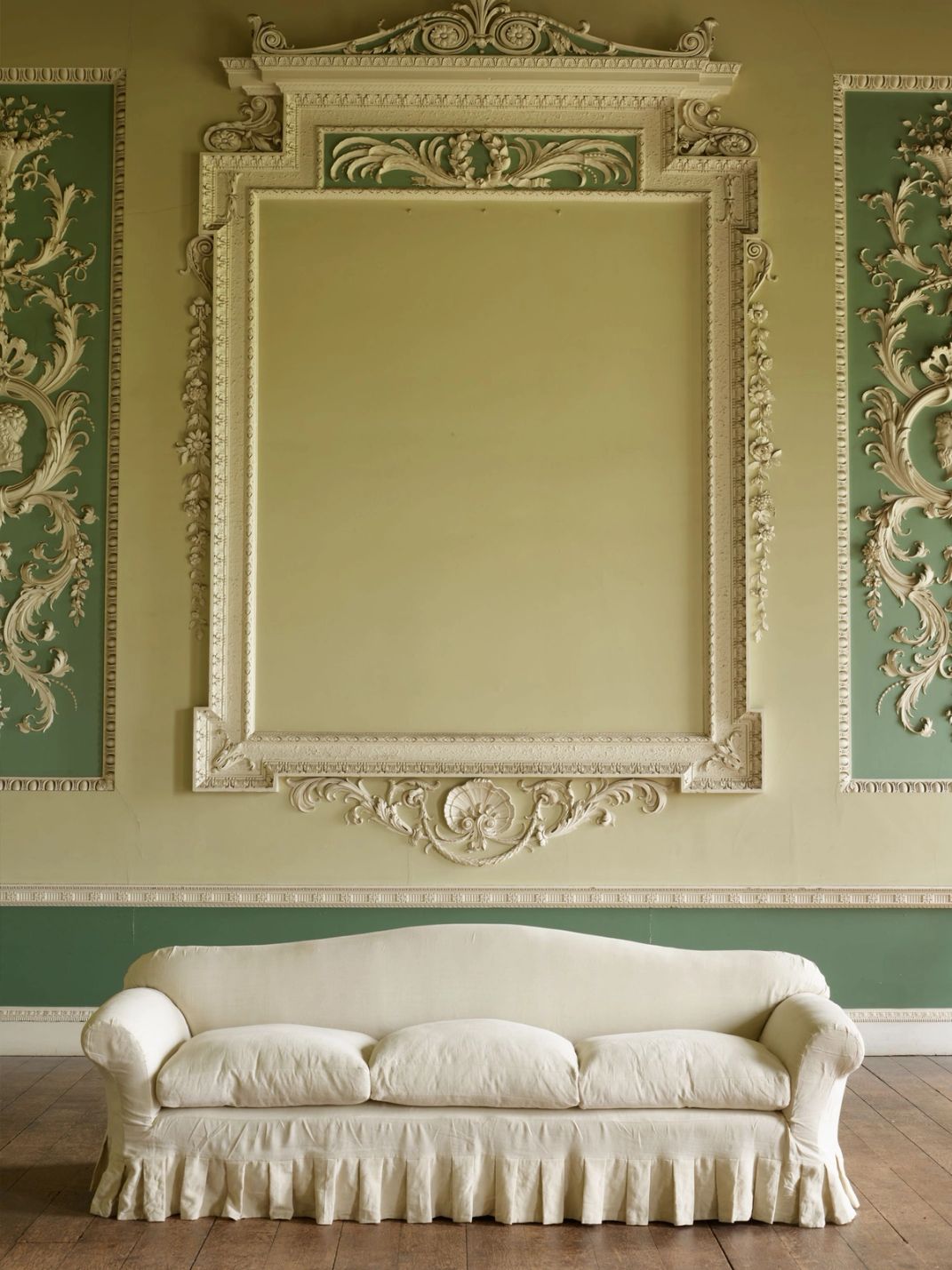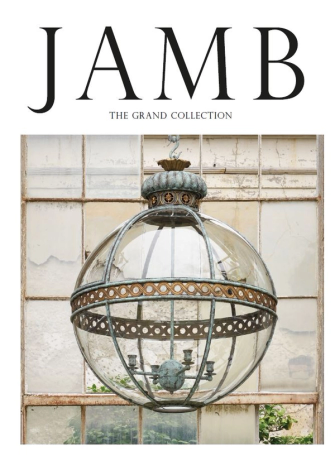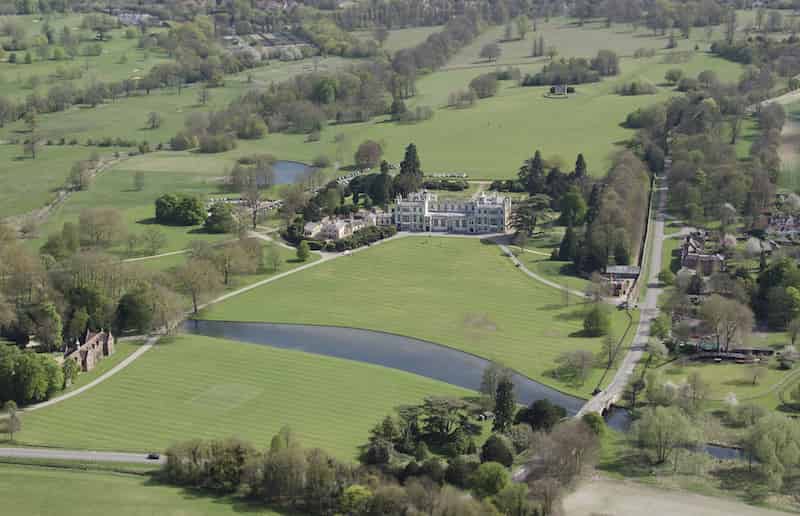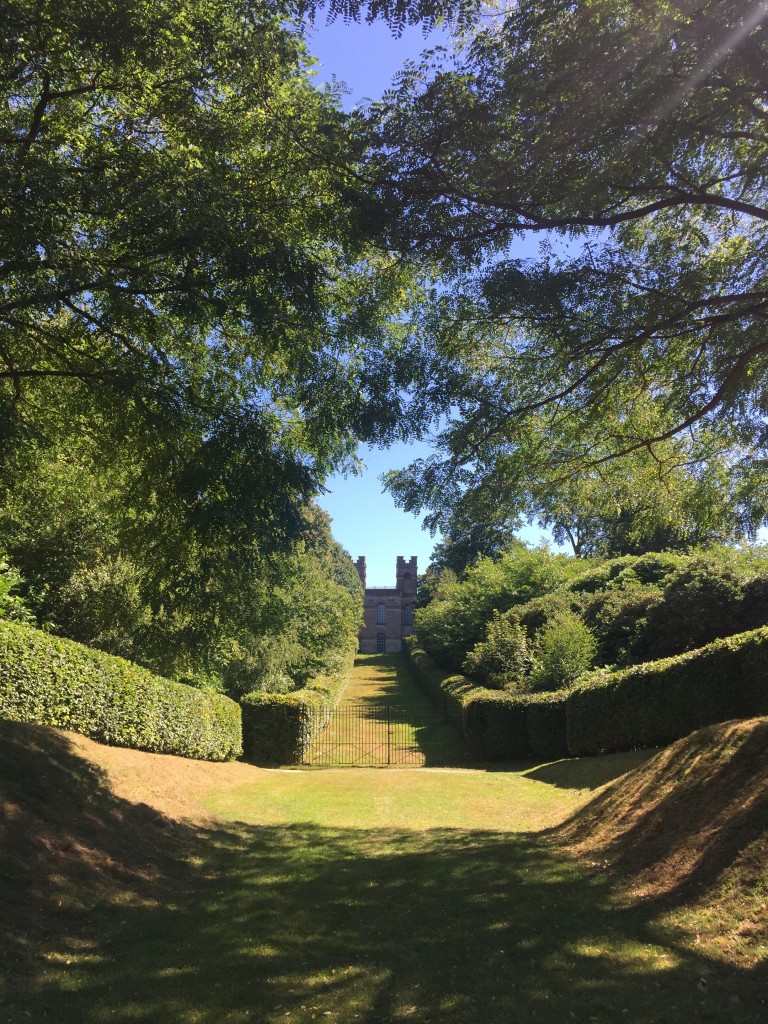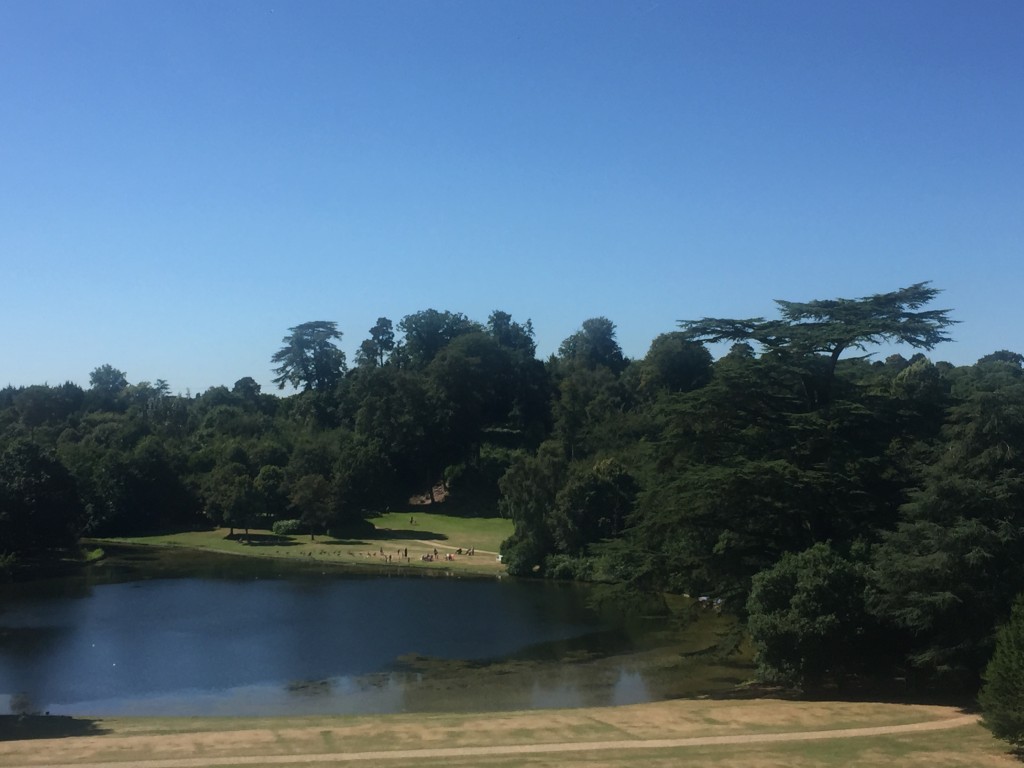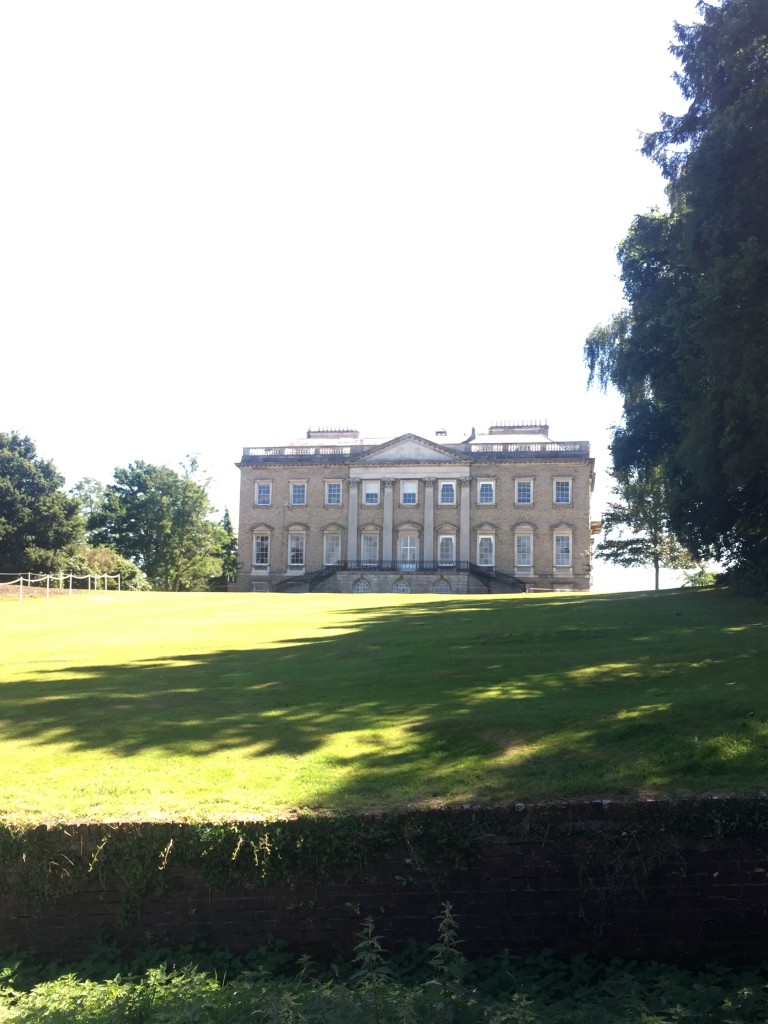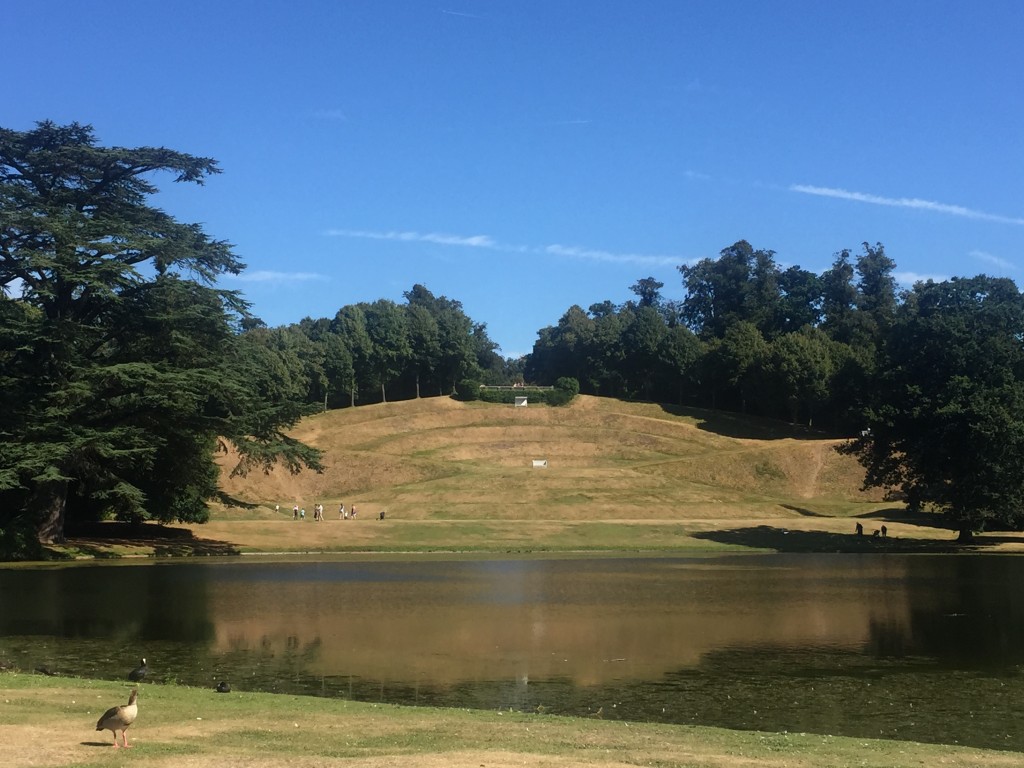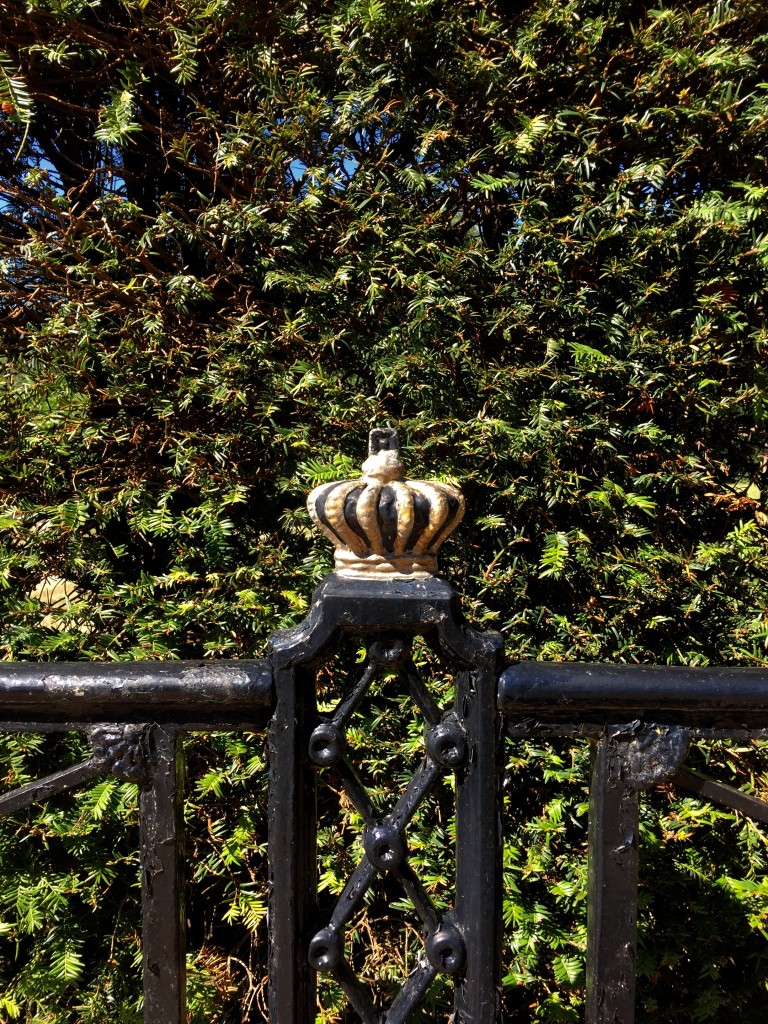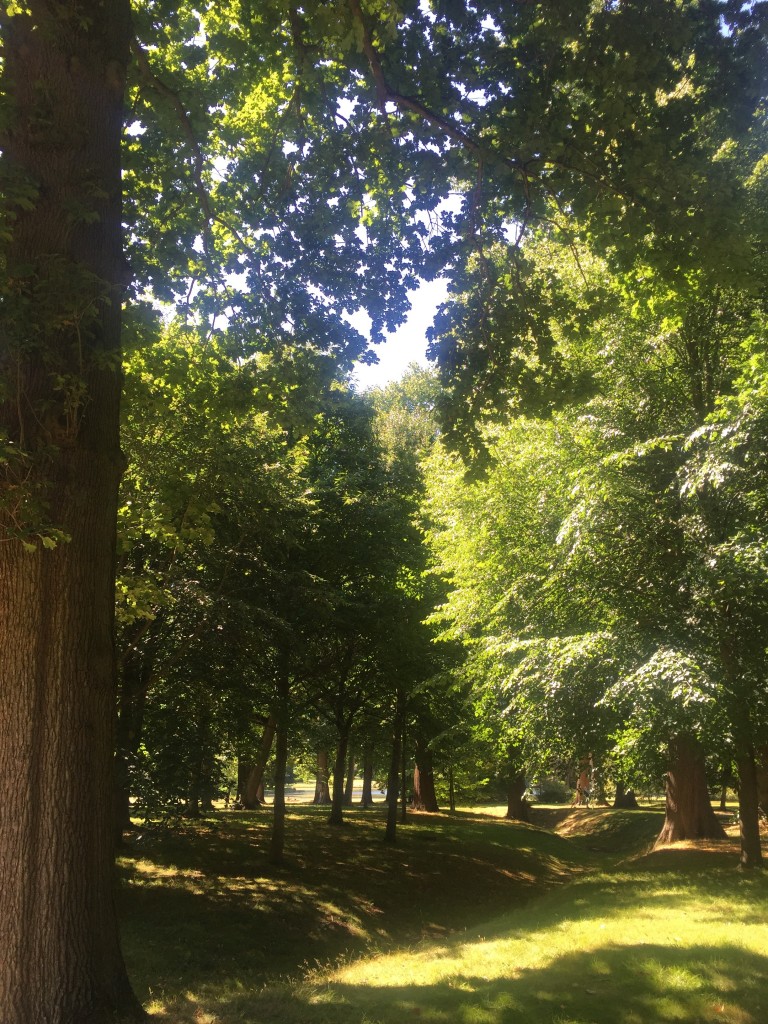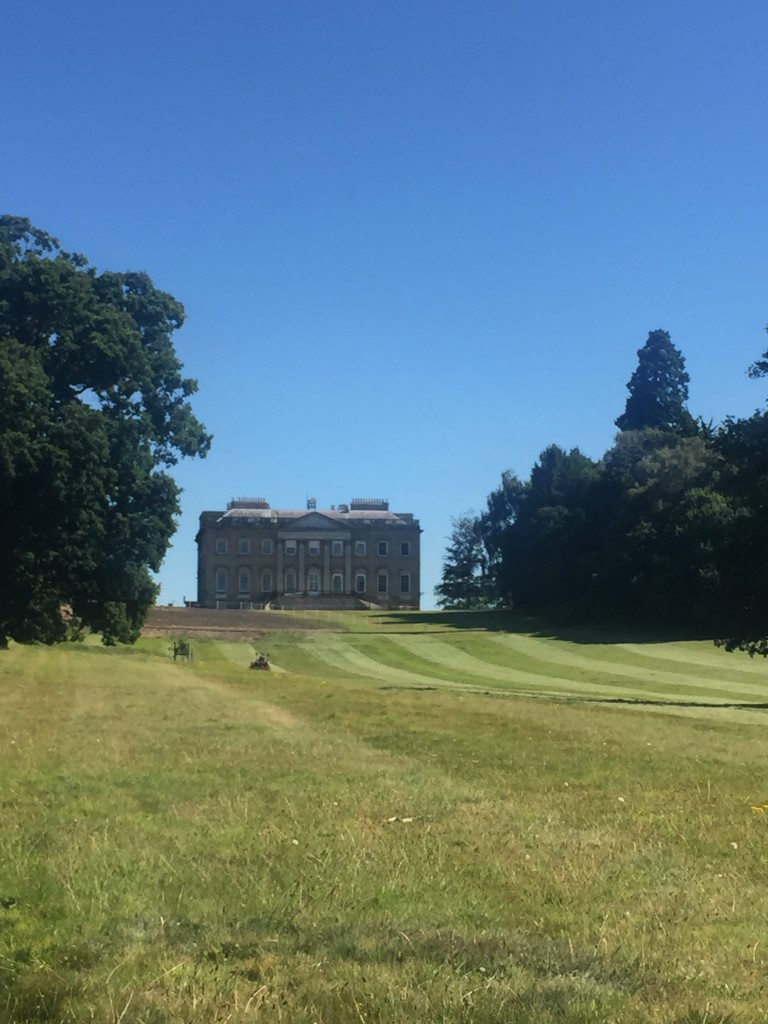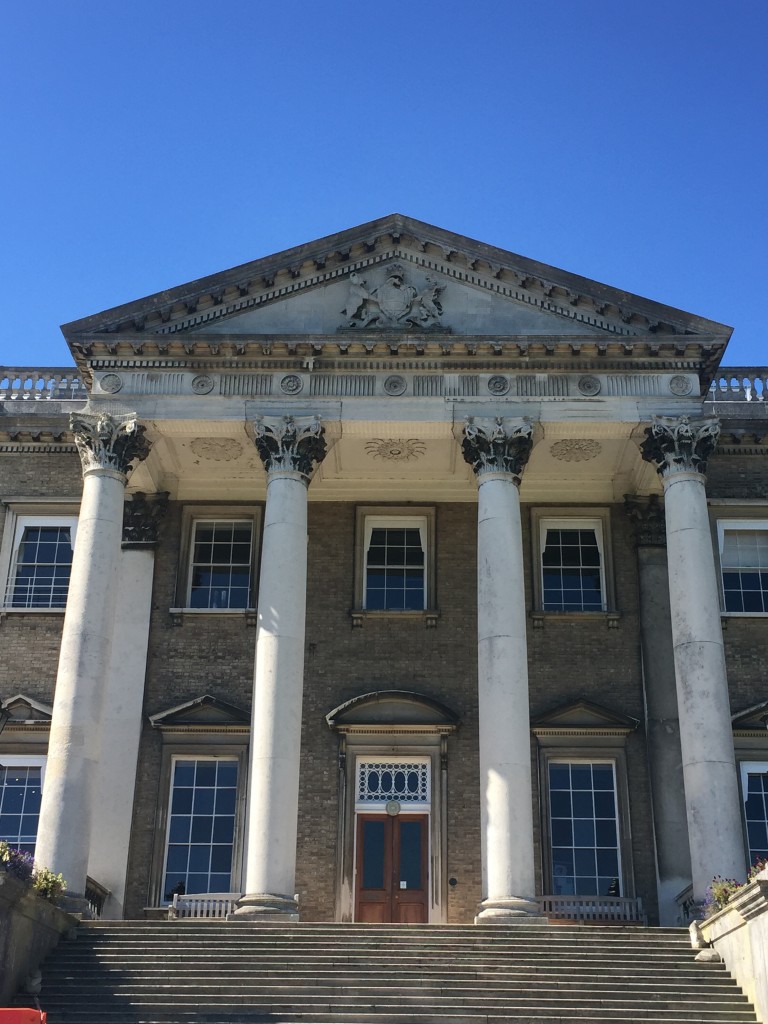I have long held a fascination and admiration for Capability Brown, the great man who changed the face of landscape gardening in the eighteenth century, and who by all accounts was richer than God! According to a study published by the Royal Horticultural Society, he earned £509 million in his lifetime.
Lancelot ‘Capability’ Brown, whose three hundred year anniversary of his birth, (August 30th 1716) is celebrated this year, gained his nickname from informing his prospective clients that their homes had ‘capability’ for improvement. He is notably remembered for his great contribution to eighteenth century landscape gardening, but much less celebrated for his architectural prowess.
A stone’s throw from central London stands an interesting example of this; Claremont House in Esher, Surrey is an amalgamation of the work of many architectural and landscaping masters, all of whom have inspired Jamb’s reproduction fireplaces.
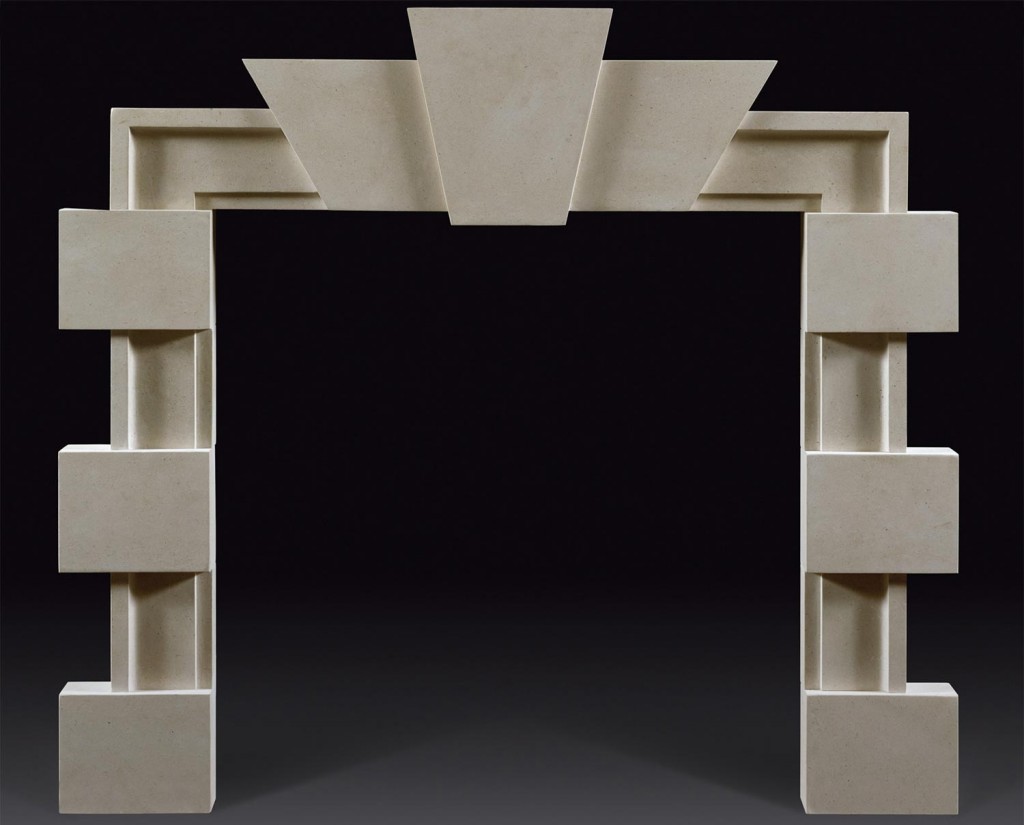
Our reproduction Vanbrugh fireplace.
The original house and land was designed, built, and lived in by Sir John Vanbrugh between 1709-1714. Today there is no trace of the house as it was demolished when Capability Brown was commissioned in 1769 by Lord Clive of India to ‘modernise’ the estate. Although the splendid Belvedere Tower (situated within the grounds), which he built for the Duke of Newcastle, stands resplendent.
The great gardeners Sir Charles Bridgeman and William Kent, from whom Capability Brown learnt much of his experience at Stowe, were also integral in the landscaping. During this period, landscape gardening was considered one of the greatest attributes to one’s English country house, valued as highly as the artworks within them; the owners of the great estates went to enormous lengths to display their wealth and daring, with no cost spared. As a result of this extravagant mindset, Capability acquired monumental wealth..
When I eagerly arrived at the National Trust ticket office to view the works of the great masters, I was informed that the area that the National Trust owned did not include Capability’s designs, namely the house, the gardens and the ha-ha.
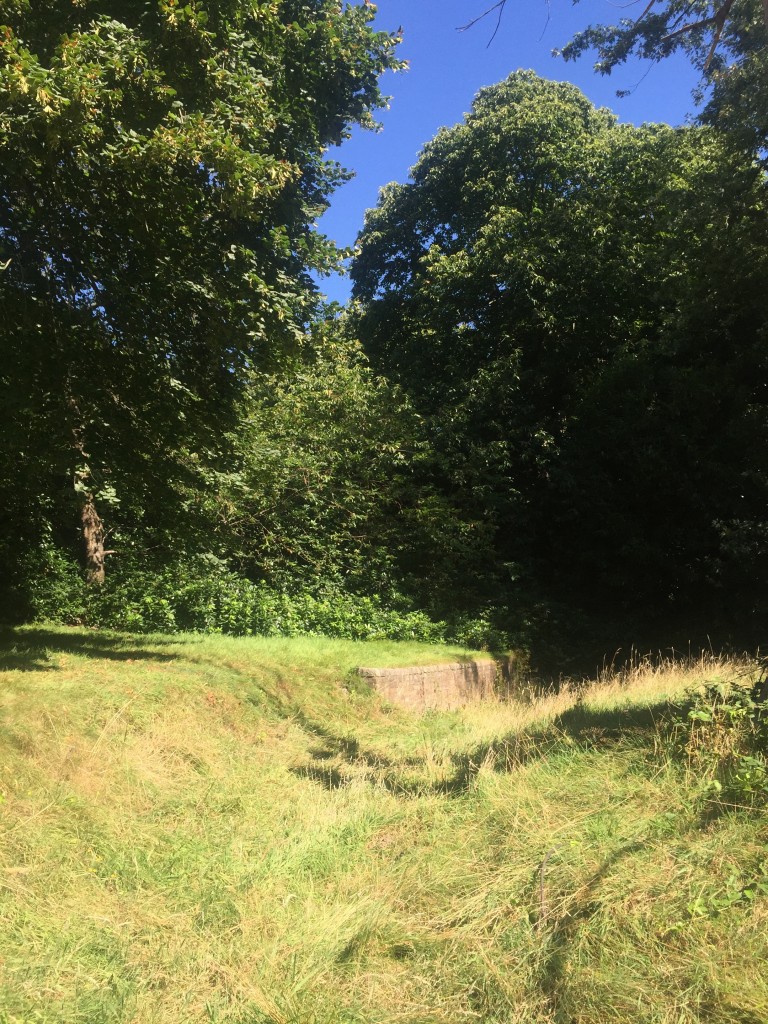
The beginning of the Ha-Ha built by Capability Brown on the National Trust part of Claremont estate.
Luckily as I continued to walk, I met one of the National Trust gardeners. He told me that the house and gardens were visible from the road (the road incidentally which Capability moved in order to be further from the house). He added that if I was quick, he would show me the house which was just at the bottom of the garden from where we were standing.
There appeared the finest example of Classical architecture. Brown employed Henry Holland to work on the designs of the house and Sir John Soane worked as the draughtsman. Tragically, after seventeen years of painstaking work and at a cost of £51.8 million, Lord Clive never actually lived in the house, and died the very year it was completed.
Claremont landscape garden is rich in history. When the Duke and Duchess of Newcastle lived there between 1714-1769 they channelled all their energies (as they had no children) into making it one of the most famous gardens in Europe.
It has given the greatest pleasure to all who have lived there. Princess Charlotte of Wales, second in line to the throne and her husband Leopold were given the house by Parliament as a wedding present in 1816. She exclaimed, “Claremont… which I am delighted at, it is such a fine thing..”
The Royal crest and camellias still thrive today in the gardens. Once again, tragedy struck as she only lived there blissfully for a year and a half before dying during childbirth. If her son had lived he would have been King and there never would have been a Victorian era. As it was, Queen Victoria spent her happiest days in Claremont, as a child with her Uncle Leopold, between 1865-1901 – an escape from her regimented upbringing.
I couldn’t resist seeing the house again on the way back to London, and drove up the back road to the school. Once again I was struck by the magnificence of the house and the sweeping landscape.
Alongside Croome Court, Claremont house is amongst a few of the houses he designed, and with over one hundred and seventy gardens his legacy is vast and lasting. Fortunately, Claremont was saved in the 1930’s from demolition by a group of governors who turned it into Claremont Fan Court school.
Next time I will make sure I visit the house on the open day as I would love to see the Robert Adam interiors. In the meantime I’m off to the Royal Horticultural society’s Lindley library to see Capability’s accounts book which will be on display from September 5- October 29 to gain some inspiration!


